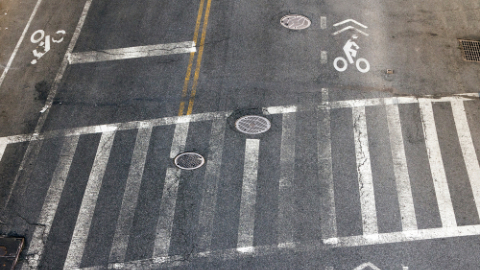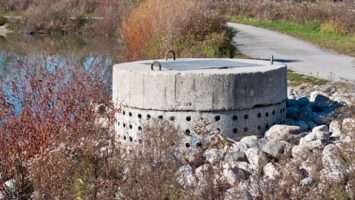
Manhole explosions can become a problem in cities in the winter as they usually occur when a mixture of melted snow and road salt washes into them, leading to the cables arcing. In America’s biggest cities, hundreds of manholes catch fire or explode every year, with results ranging from serious injury to actual fatalities. In the UK, more than 50 incidents a year have been reported according to the UK Health and Safety Executive.
The city of New York is working with Con Edison, Plextek, and CNIguard to develop a new IoT-based system to prevent these explosions. CNIguard’s Sentir system works by monitoring gas, stray voltages, arcing, salinity, temperature, and humidity with embedded IoT sensors underground and transmitting these signals to a dashboard on a smart-phone, laptop, or other device by radio, cellular, PSTN, fiber optic, or satellite links. The system uses cloud-based analytics to identify and predict conditions that may result in an incident so that preventative actions can be taken. The Sentir system also helps to secure underground boxes, chambers, vaults, cabinets, kiosks, and bunkers from intrusion, theft, and vandalism with the use of visual and infra-red cameras, while also providing flood warnings and other safety, environmental, and quality monitoring.
“Plextek’s expertise in communication and sensor systems allowed us to accelerate our development and rapidly deploy Sentir into the market,” said Dr. Edward Klinger, CEO of CNIguard. “Their work has enabled Sentir to include several different variations of environmental sensor with cellular capability powered by a reliable long-life battery or harvested power from underground cables themselves.
“Up until this technology was developed, these issues have been approached by utility companies and networks in a reactionary way, so little has been done to predict or prevent conditions which could cause explosions or stray voltage events. On top of this, global urban populations are set to rise, putting increased pressure on networks and this combined with environmental and climate factors will make these incidents even more common.”


